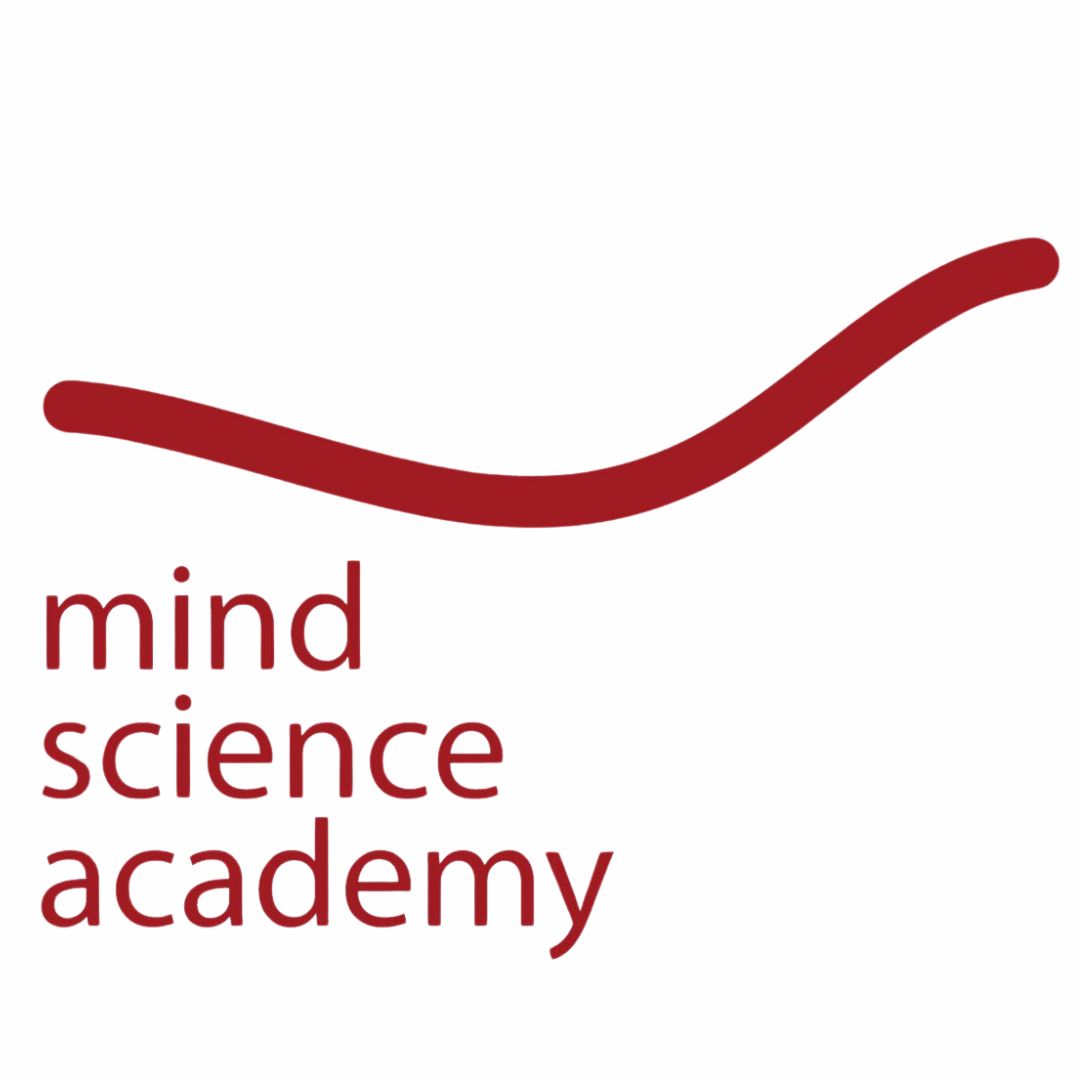Attention is one of the higher-order cognitive processes. In the brain, it enables the selection of privileged neural signals by enhancing their intensity through neural feedback, thereby decreasing the relative intensity of competing neural signals. For example, attention allows a writer to focus on the topic at hand while neighbors are loudly arguing; their thoughts are highlighted (akin to the metaphor of a spotlight, albeit controversial today), at the expense of the neighbors' conversations.
Attention has been described in various ways by different theoretical traditions, and various more specific types have been delineated. For our purposes, a fundamental distinction is between top-down and bottom-up attention. This model reflects an ancient distinction between voluntary and involuntary attention. That is, the difference between allocating attention voluntarily to pursue a goal or interest—such as the author writing this article—and having it instead occupied by a distracting stimulus—like the neighbors' argument.
The difference between voluntary and involuntary attention is measured in observed behavior using endogenous or exogenous cues. Endogenous cues are symbolic in nature and direct attention toward a target (e.g., an arrow indicating a position). Exogenous cues are salient stimuli that direct attention to the target (e.g., a rapid flash of light). This experimental paradigm has allowed researchers to investigate this difference and differentiate some brain networks responsible for top-down attention, associated with endogenous cues, from others responsible for bottom-up attention, associated with exogenous cues.
Research has also shown that these separate networks participate in a broader integrated attention system and executive functions (see the historical works of Posner et al.). This can be envisioned as a resource distribution system; top-down attention favors its own goals, and bottom-up attention favors salient stimuli. Top-down attention is key to mental control and autonomy; it is the ability to act consistently with one's values and interests. While bottom-up attention is recruited by salient stimuli, top-down attention occurs when the ongoing task is maintained despite these stimuli. Mental presence and autonomy rely on this ability to exert control over mental resources, and this is precisely what many believe is at risk due to digital audiovisual technologies. In Phaedrus, Socrates warns of how writing can reduce people's ability to memorize information. Paradoxically, we know Socrates's viewpoint only because one of his students, Plato, disagreed with him. Discussions about the risks and merits of new technologies date back to at least the invention of writing (Puchner, 2017). Today, no one would doubt the importance of reading and writing, their fundamental role in individual development and social progress. Yet, just as Socrates worried about the potential cognitive deskilling associated with writing, many today are concerned about the impact of digital technologies on attention and cognitive development.
Recent technologies are in constant dialogue with attention. They are designed to manipulate it, unconsciously capture it, and engage it; they exhibit interactivity for very short intervals, stimulating a sense of novelty, and they are adaptive, meaning they can swiftly reconfigure based on what they learn from us. These facts can be worrisome in relation to the previously discussed link between attention and autonomy; there is a valid fear that the algorithmic logics of social media and their intermittent variable rewards (a design technique proven in slot machines) may disturb our ability to shape our lives, making us less capable of focusing on deliberate goals and more sensitive to immediate gratifications.
A 2017 review (Wilmer, Sherman, Chein, 2017) shows converging evidence that digital technologies harm attention in the short term, but the evidence for these effects in the long term is limited and inconclusive.
Despite this, the authors state that the long-term impact of technologies on attention can be observed in research on digital technology addiction. Even if these extreme cases of long-term effects are limited to a portion of the population, the authors find it reasonable to assume that this impact may be shared by the general population, albeit to a lesser degree and intensity.
We also know that changes in the brain and behavior in the short term can translate into plastic changes in neural configurations in the long term. It is reasonable to presume that the short-term effects of technologies already identified by researchers will be identified at least in part as causes of differences in the brain (and behavior) of technology users.
As mentioned earlier, these differences seem to involve increased receptivity to distracting stimuli and compromised ability to sustain attention toward a goal or present interest while ignoring distractions.
Regarding the first of these effects, we have seen how the latest digital technologies can easily recruit bottom-up attention, commonly exploiting social feedback, one of our greatest motivators, as artificial salience.
The second effect occurs when technologies tilt the balance of the user's attention systems to favor bottom-up attention over top-down attention in the long term. Some authors (Bermúdez, 2017) call this effect exploration bias, due to the functionally explorative nature of bottom-up attention. Bermúdez describes how recent technologies push us to favor the latter: "The Internet allows us to process more information, but simultaneously it diffuses our attention much more subtly to cover a wider range of content...". In other words, by offering such a range of attractive options, these technologies divert our attention strategies toward exploration.
As mentioned, many are convinced that, over time, these attention strategies we are pushed toward (currently at the behavioral level) will consolidate into dominant neural patterns.
Sources & Further Readings:
M. Posner and S. Petersen, 1990, “The attention system of the human brain”, Annual review of Neuroscience.
D. Susser, B. Roessler, and H. Nissenbaum, 2019, “Technology, autonomy, and manipulation”, Internet Policy Review, vol. 8.
J. P. Bermúdez , 2017, Social media and self-control: The vices and virtues of attention
Your Attention Didn’t Collapse, It Was Stolen, The Guardian.



